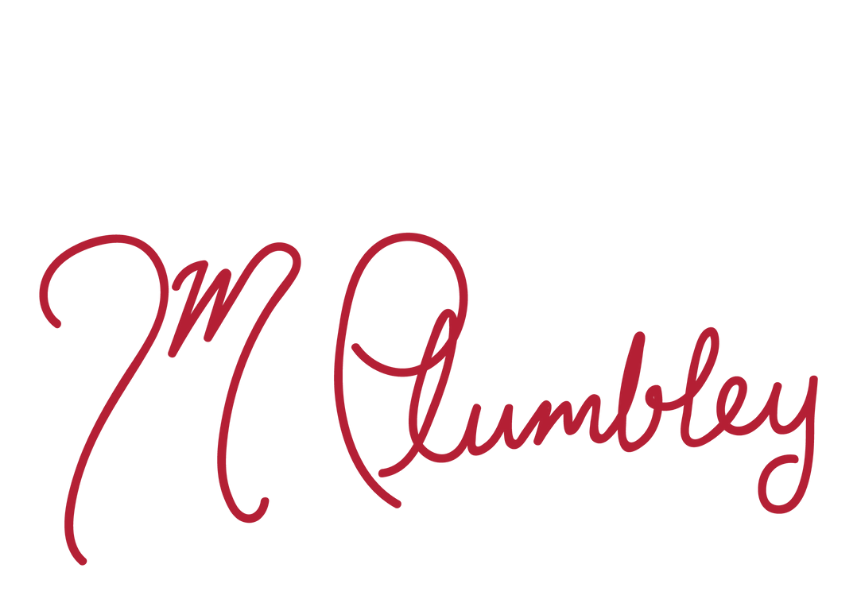Adios, 2020! This year sure has sucked. Speaking of sucking, it’s time to pay another visit to a monster we know and love: the venerable vampire. I do try to cover lesser-known monsters on this blog, but seriously, variations of the vampire are everywhere (see here and here and here and here and here). This Chinese iteration is well-known in the East, but less so out here, so I figured we’d give it a shot.
Also, it’s hilarious. And terrifying.
Hop to it
You’re probably wondering about all the hamfisted word plays on hopping. Thanks to good old rigor mortis, the Jiangshi (僵尸 or 殭屍, literal translation “hard corpse”) wakes from its eternal slumber to find that its legs are too stiff to walk. So instead, it makes due by moving around via little, pogo-stick-like hops, arms outstretched for balance, grasping for its victim’s face.

Though that image is hardly intimidating, the Jiangshi’s calf power is something to be feared. It can hop very quickly and be on you in a moment. And you don’t want it anywhere near you. In varying states of decomposition (not unlike a Western zombie), a Jiangshi is often covered in fuzzy green or white mold. Its nails are long, curved, and black, its tongue wild and impossibly long. Its eyes bulge hungrily from its skull, serrated teeth stretching forward like that of a shark. A single breath from it will kill you dead.
Though often dressed in fancy Qing official attire,* Jiangshi have lost all humanity. They cannot speak and operate on base instinct, ravenous beasts hunting for prey.** Similar to the Edimmu and other vampires of old, the Jiangshi traditionally feed not off of blood, but qi–a person’s life force. Though blind, they can sniff the living out, or jump on them by detecting their breathing. Like other vampires, they operate only in darkness, hopping out of their hiding places in caves and other abandoned places to haunt the night.
It’s just a hop, skip, and a jump…to DEATH
The Jiangshi was formed independently of the Slavic vampire, first showing up in written records during the Qing Dynasty in scholar Ji Xiaolan’s Yuewei Caotang Biji (閱微草堂筆記, c. 1789 – 1798). Ji Xiaolan notes that as with many undead creatures, there are multiple ways a Jiangshi can be created. These include but are not limited to:
- Neglecting a corpse, especially if it is left out to absorb the yin energy of the moonlight;
- Having a funeral but failing to bury the body, leaving it open for lightning to strike it or a pregnant cat to leap across its coffin;
- Death by unpleasant means;
- Transmission of the Jiangshi “virus” through biting;
- Sorcery; and
- The deceased just being kind of a dick who doesn’t want to leave this earthly plane.
With so many paths to Jiangshidom, it’s a wonder the world isn’t vibrating under the force of a million hops. Fortunately, just like there are multiple ways to create Jiangshi, there are multiple ways to keep them at bay. Some of these are even incorporated into day-to-day life, like the feng shui convention of nailing a 6-inch panel of wood along the bottom of a house’s threshold, preventing any Jiangshi from getting inside (I guess they don’t hop very high). My other favorite countermeasures include:
- Glutinous rice, which I kept seeing on Jiangshi-warding lists without elaboration. I finally found something that indicates that since sticky rice is used as a way to draw poison out of the living, it can also be used against Jiangshi (or maybe a living person turning into a Jiangshi). No word on how to encourage someone whose main diet is human lifeforce to eat a ball of carbs…fortunately, some lists have it that throwing a ball of rice at the vampire will suffice.
- Tacking a piece of paper with a spell written on it to the Jiangshi’s forehead. Watch your fingers!
- Dropping a bunch of coins on the ground, turning the Jiangshi into Count von Count.
- The urine of a virgin boy (presumably in a squirt gun).
- Holding your breath.
- “Broom.” ¯\_(ツ)_/¯
Bounce, baby out the door
The Jiangshi is fun in its own right, but what I love most about this vampire myth is that it’s based–just a little–in reality.
The story goes that the original Jiangshi were created by accident. Way back when, families of migrant workers who died far away from home used to pay “corpse drivers” to bring the bodies of their loved ones back for burial. It’s said that for convenience’s sake, the drivers would bind the hands, knees, and ankles of a batch of corpses and then animate them with magic, teaching them to hop themselves home. The driver would then shepherd them under the cover of night, synchronizing their hopping to the beat of a drum. He’d ring a bell at intervals, warning the living away from the bad luck of setting eyes on the unholy undead.
You’d think that was a wild story, but it’s not far off from the truth. There really were corpse drivers who brought deceased workers the long way home under cover of night. But they didn’t (to my knowledge) animate them with magic. Instead, they tied a row of corpses upright along a pole strung between two men’s shoulders–one at the front, the other at the rear. The men would then ferry that load. Naturally, the pole would bounce under the weight of all that flesh, giving the corpses the appearance of hopping when viewed at a distance. It must have been almost as much of a sight to behold as would a Jiangshi itself.
These days, the Jiangshi can be found not only on dark roads, but in movies and anime and cosplay conventions around the world. The 1980’s Mr. Vampire comedy-horror series ensured their place in our collective memory for generations to come.
That is, if a broom doesn’t get them first.
With all that calf work, how does a new Jiangshi avoid shin splints? Share your theories in the comments below.
*The common depiction of Jiangshi as Qing officials may have originated with said officials’ reputation (at least among the Han Chinese) for being kinda bloodthirsty.
**At least, traditionally. Most of what I’m covering here is the more traditional Jiangshi–more recent movies have taken inspiration from your Twilights and such, making Jiangshi occasionally into more romantic, blood-sucking figures. But I digress.
IMAGE CRED: Wikimedia Commons for the Qing official; Anna Toss for the impassioned attack; Steve Halama for the exuberant hop. Also Jack le roux for the featured image!







0 Comments